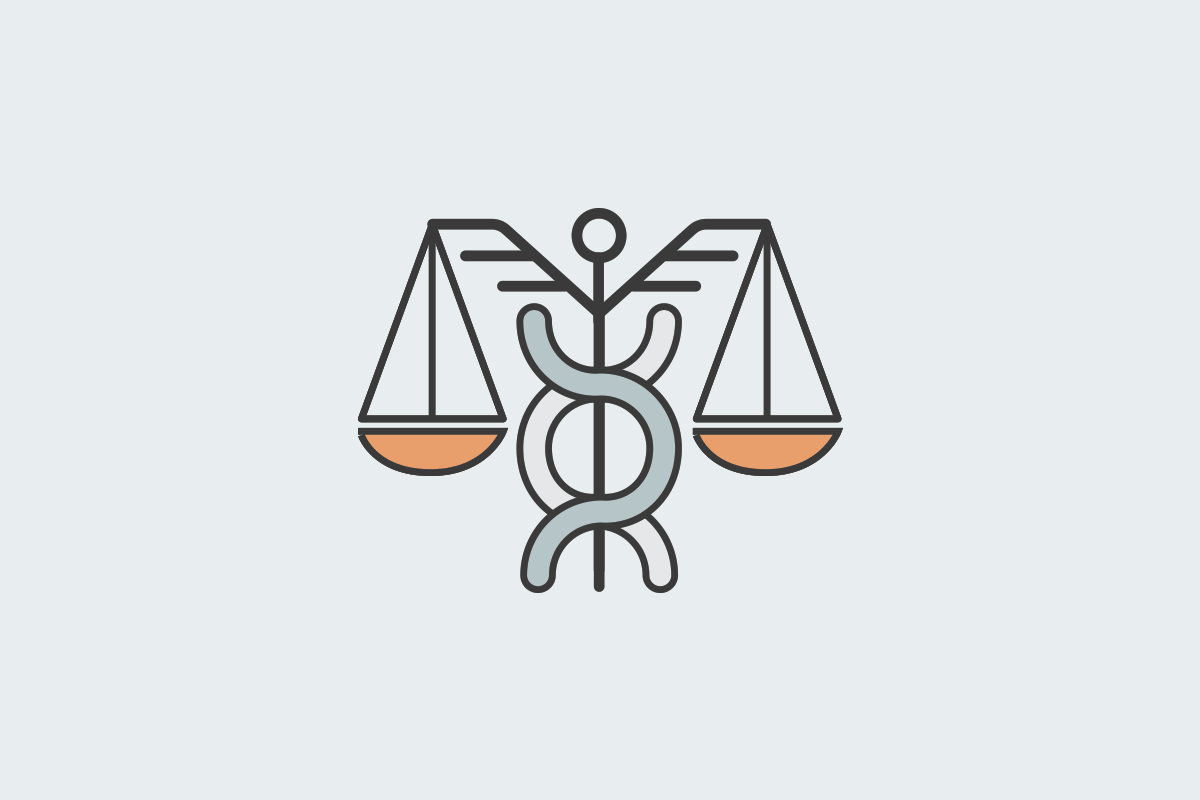During the COVID-19 pandemic, people spent a lot of time isolated and indoors, which helped foster an environment where some people now feel lonelier than ever. The result is a loss of social connectedness—the degree to which people feel the social connections and relationships in their lives to satisfy their wants and needs. When social…
Your Welcoa membership has expired.
EEOC Delays Revised Wellness Incentive Rules
The following article does NOT constitute legal advice and should not be used as such. It is for educational purposes only. Readers should retain legal counsel to obtain definitive answers.
In its Spring 2019 publication, the Equal Employment Opportunity Commission (EEOC) revised its timetable to issue proposed rules regarding wellness incentives under the Americans with Disabilities Act (ADA) and the Genetic Information Nondiscrimination Act (GINA). Instead of issuing a proposed rule by June 2019, which is what the EEOC indicated in its Fall 2018 publication, the EEOC is now aiming to release a proposed rule by December 2019. The Spring Notice indicates that the EEOC is currently developing a Notice of Proposed Rule Making (NPRM) to address wellness programs under both the ADA and GINA. It looks like the workplace wellness community will need to wait at least another six months before any additional guidance on the use of incentives with health information collection activities is available. Of course, if/when the proposed rules are issued, the guidance will not be final. As explained in earlier blog posts, any proposed rules will not become final until after a comment period, as well as consideration of those comments by the EEOC. Given the six-month delay, we may not now see a final rule until 2021.
Until new, final rules are issued, the only guidance that workplace wellness program designers have is that any health information collection of employees or employee family members must be part of a “voluntary” wellness program. See 29 CFR §§ 1630 and 1635. As mentioned in previous blog posts, what constitutes “voluntary” is not exactly clear. However, given the reasons behind deleting the incentive limit of 30% of the total cost of self-only coverage from both the ADA and GINA rules back in January 2019, workplace wellness program designers should consider reducing any incentives to under 30% of the total cost of self-only coverage. Some workplace wellness programs are eliminating the use of incentives; others are continuing to operate under the 30% rule.
As always, wellness program designers should assess their risk tolerance when planning incentives. That assessment should include evaluating your employee population and their appetite for wellness program incentives. The assessment should also include evaluating legal and compliance risks of other aspects of the wellness program to ensure that the entire program operates within the bounds of the law. Please contact the Center for Health and Wellness Law, LLC to get assistance with that wellness program risk analysis.

Barbara J. Zabawa
President of the Center for Health and Wellness Law, LLC
wellnesslaw.com
Health Promotion Program Legal Updates*
Every 3rd Wednesday from 10:00–11:00 AM CT
*This is an exclusive WELCOA Member Resource.




